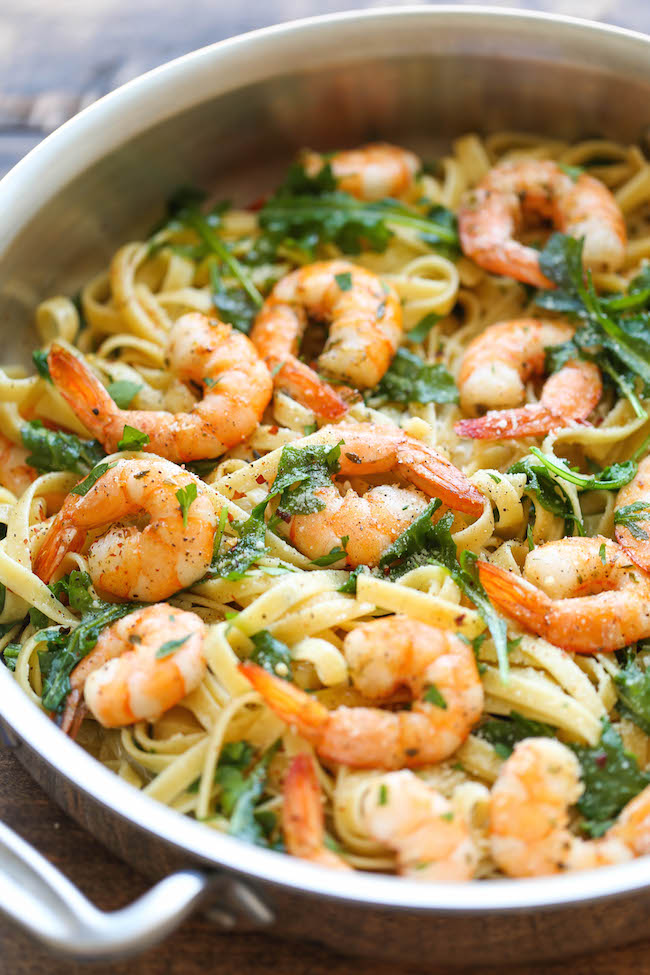

If You’re New to Cooking Shrimp, Begin with Olive Oil
Shrimp is among the most adaptable and rapidly cooking proteins out there, making it a favorite for both weeknight dinners and gourmet meals. If you’re starting to delve into new shrimp recipes, one of the primary factors to think about is your cooking fat. While butter provides a rich taste, it has a tendency to burn at high temperatures, particularly if you’re still getting the hang of sautéing methods. This is why olive oil serves as an excellent entry point for novices.
Why Olive Oil is Ideal for Beginners
Olive oil features a higher smoke point compared to butter, allowing it to withstand heat without burning. This makes it perfect for sautéing shrimp, which cooks swiftly—typically in just 2–3 minutes per side. Olive oil also contributes a subtle, fruity taste that enhances the natural sweetness of shrimp.
Pro Tip: Mix Olive Oil and Butter
Desire the best of both worlds? Start your shrimp in olive oil for a solid sear and to prevent burning. Then, enhance with a pat of butter during the last 30 seconds of cooking. This method infuses the shrimp with rich, savory flavor while still keeping your cooking process in check.
How to Store and Reheat Sautéed Shrimp
While sautéed shrimp is ideally enjoyed fresh from the skillet, leftovers can still be delectable if stored and reheated properly. Here’s how to do it:
1. Cool Before Storing: Allow your cooked shrimp to cool to room temperature prior to storage. This helps avoid condensation, which can render the shrimp soggy.
2. Use an Airtight Container: Transfer the shrimp to an airtight container to maintain freshness. You can also add any residual cooking juices to help keep the shrimp moist.
3. Refrigerate Promptly: Place the container in the refrigerator within two hours of cooking. When stored correctly, sautéed shrimp can last up to 3 days.
4. Reheat Gently: To prevent rubbery shrimp, warm them in a skillet over low heat. Adding a splash of water or broth can help keep them tender and juicy.
Final Thoughts
Preparing shrimp doesn’t have to be daunting. Starting with olive oil provides greater control over the heat, minimizing the chances of burning and leading to more successful first shrimp dishes. And with a simple buttery finish, you can enhance the flavor without adding complexity. Whether you’re adding shrimp to pasta, tacos, or salads, mastering this fundamental technique will unlock a world of delicious meals.